Batumi
Chorokhi Delta
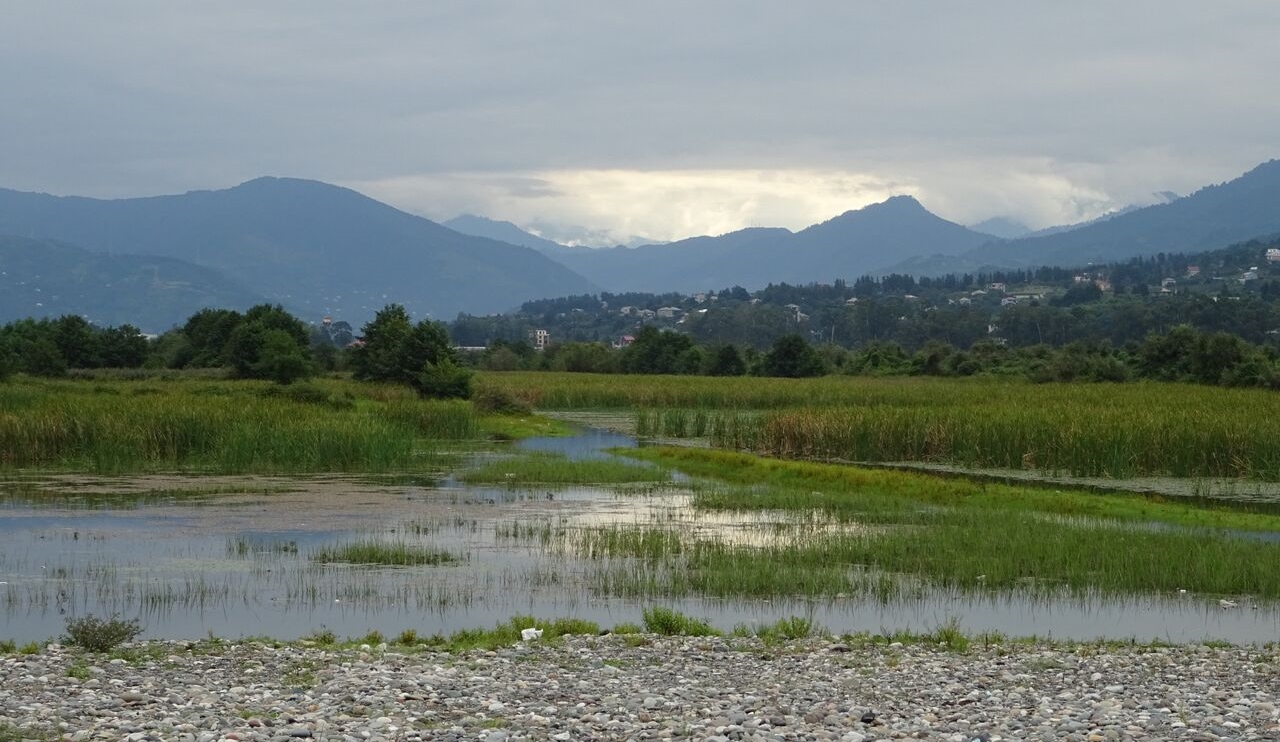

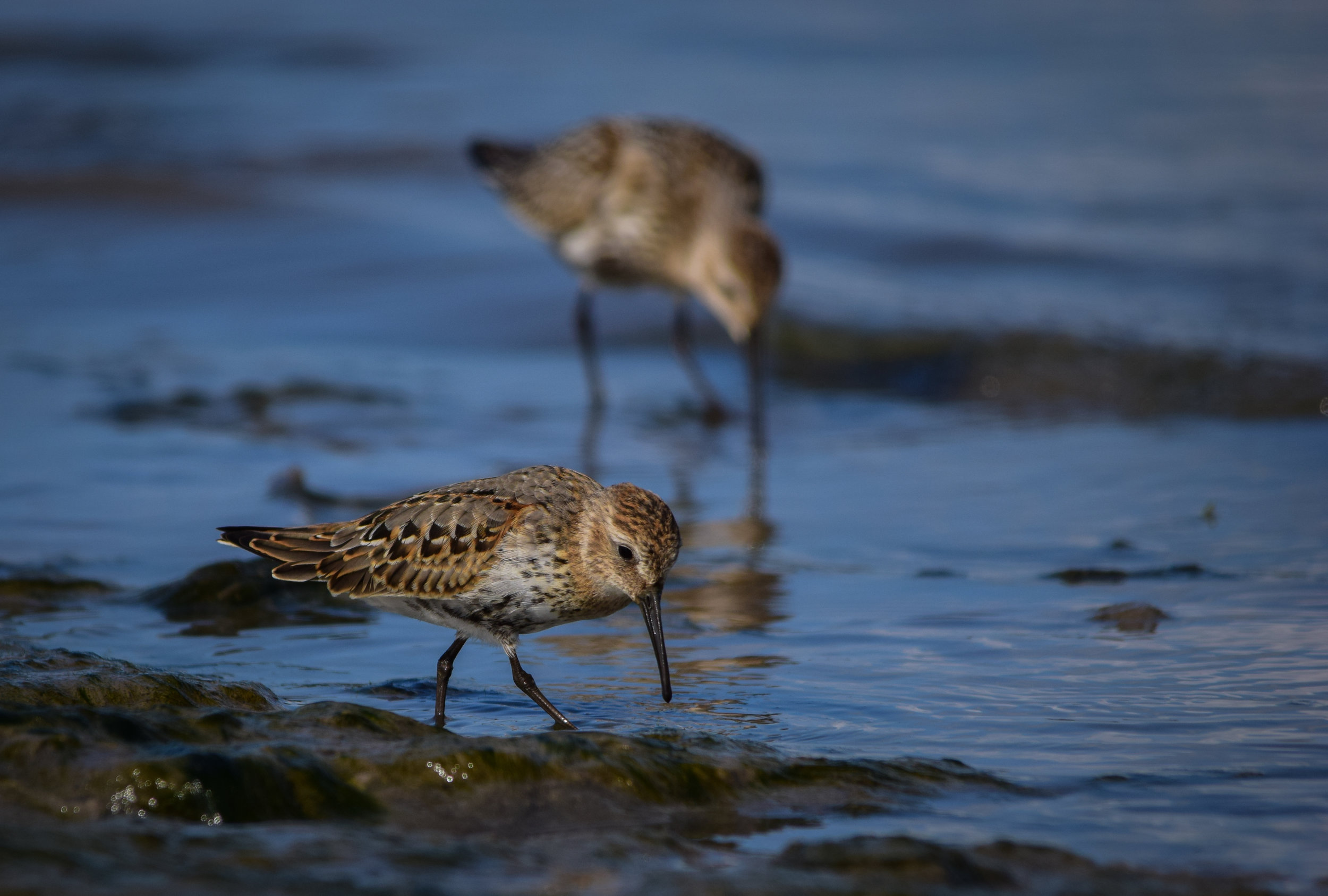
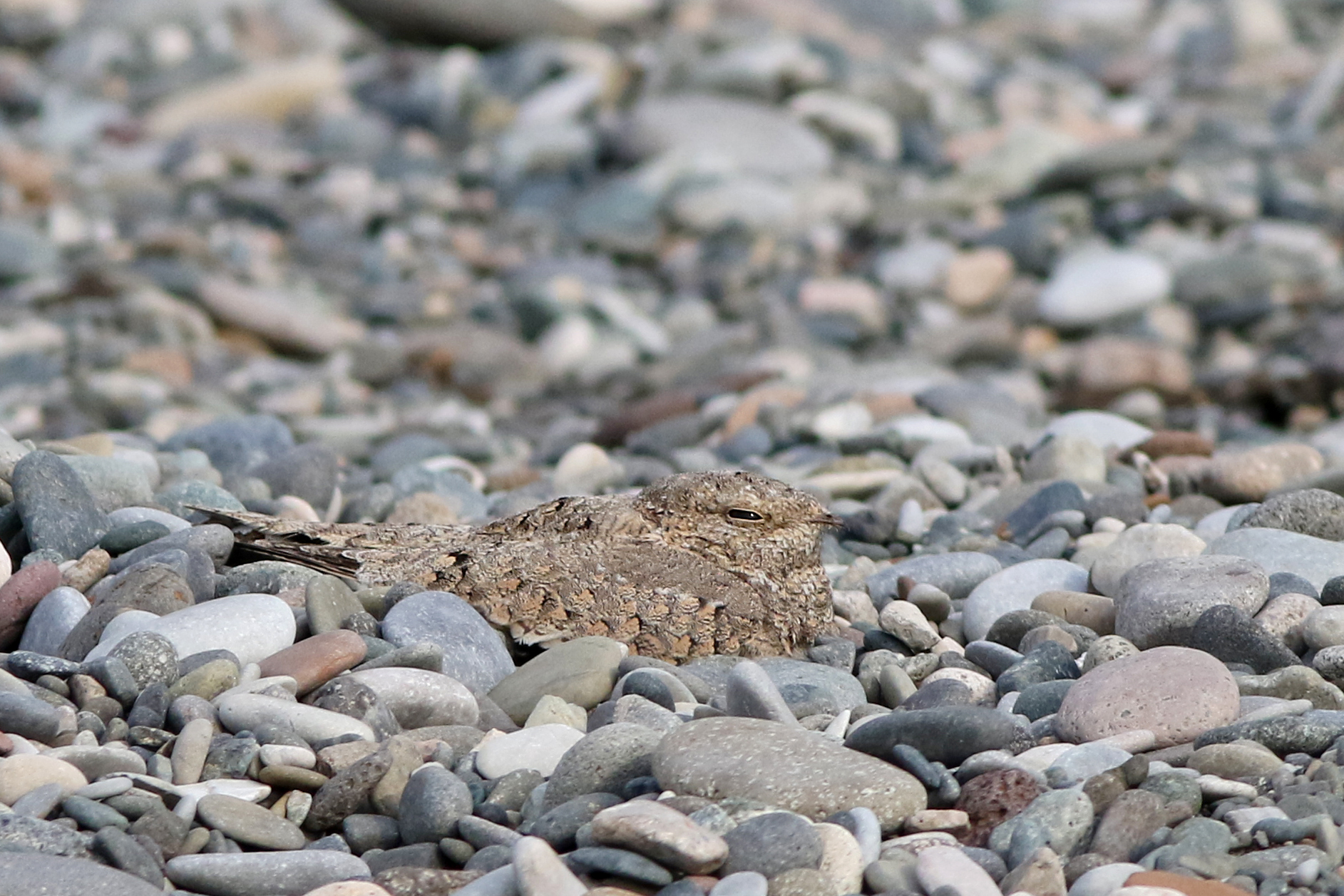
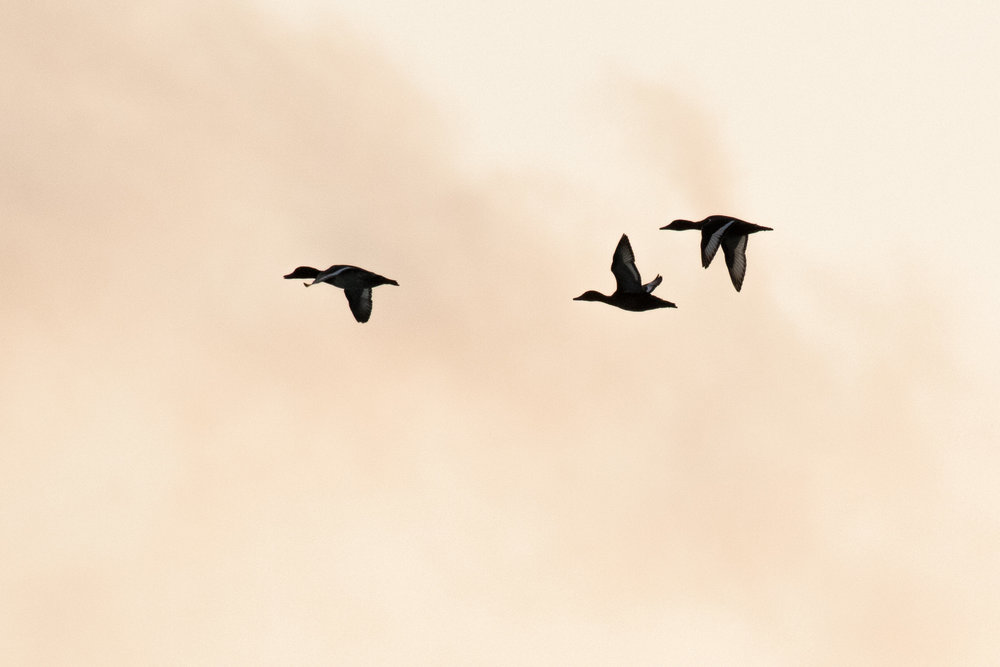
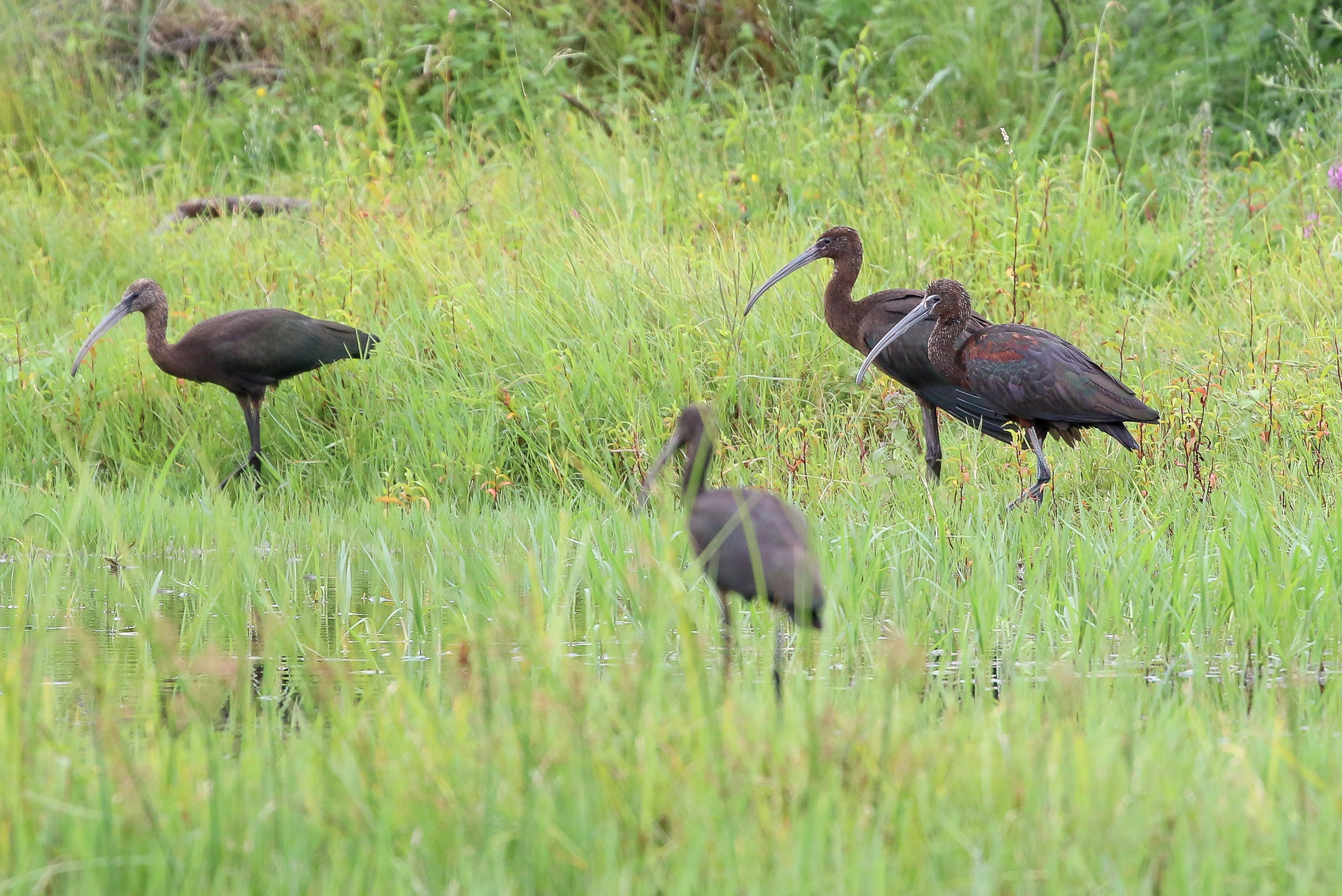
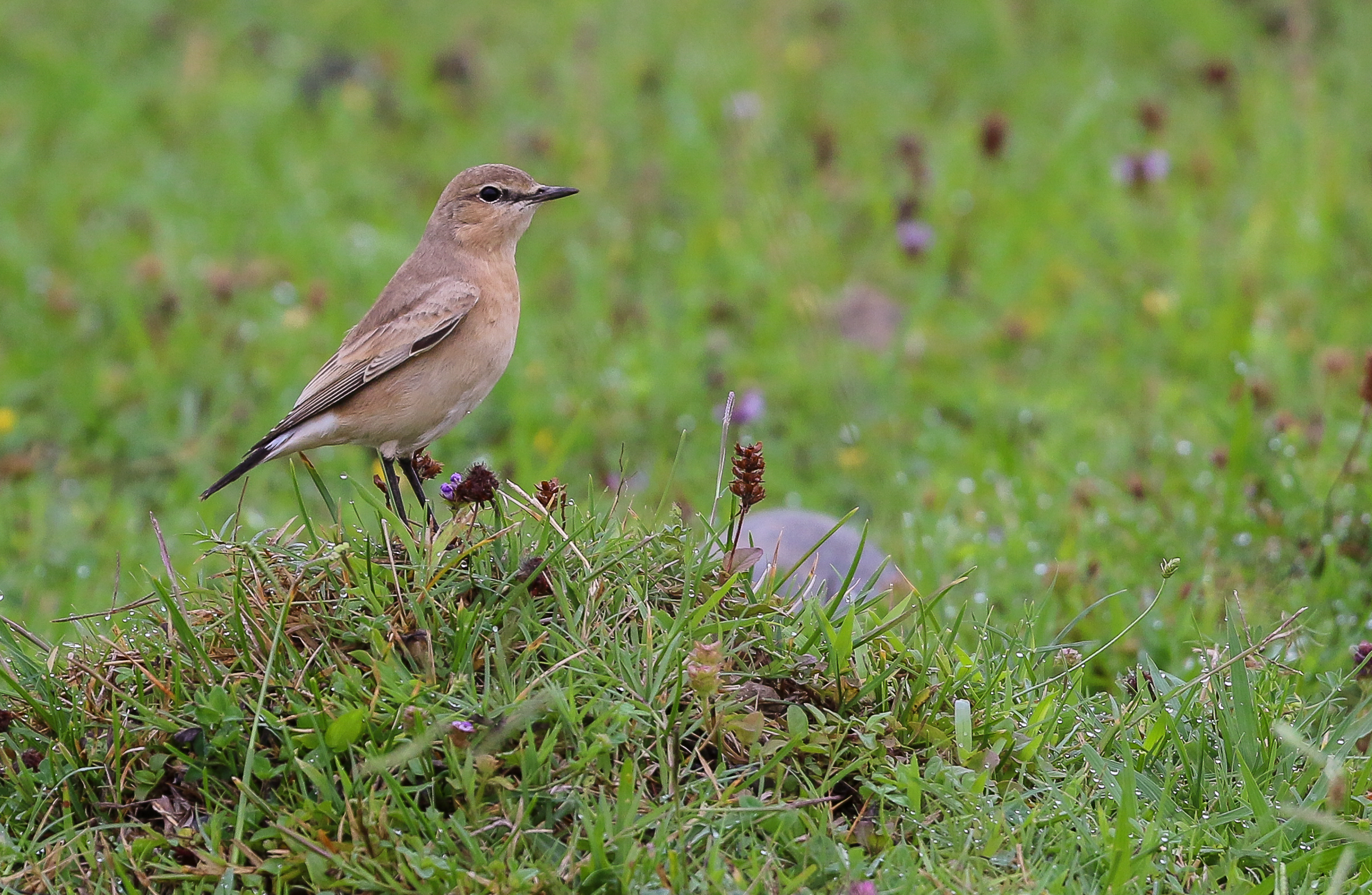
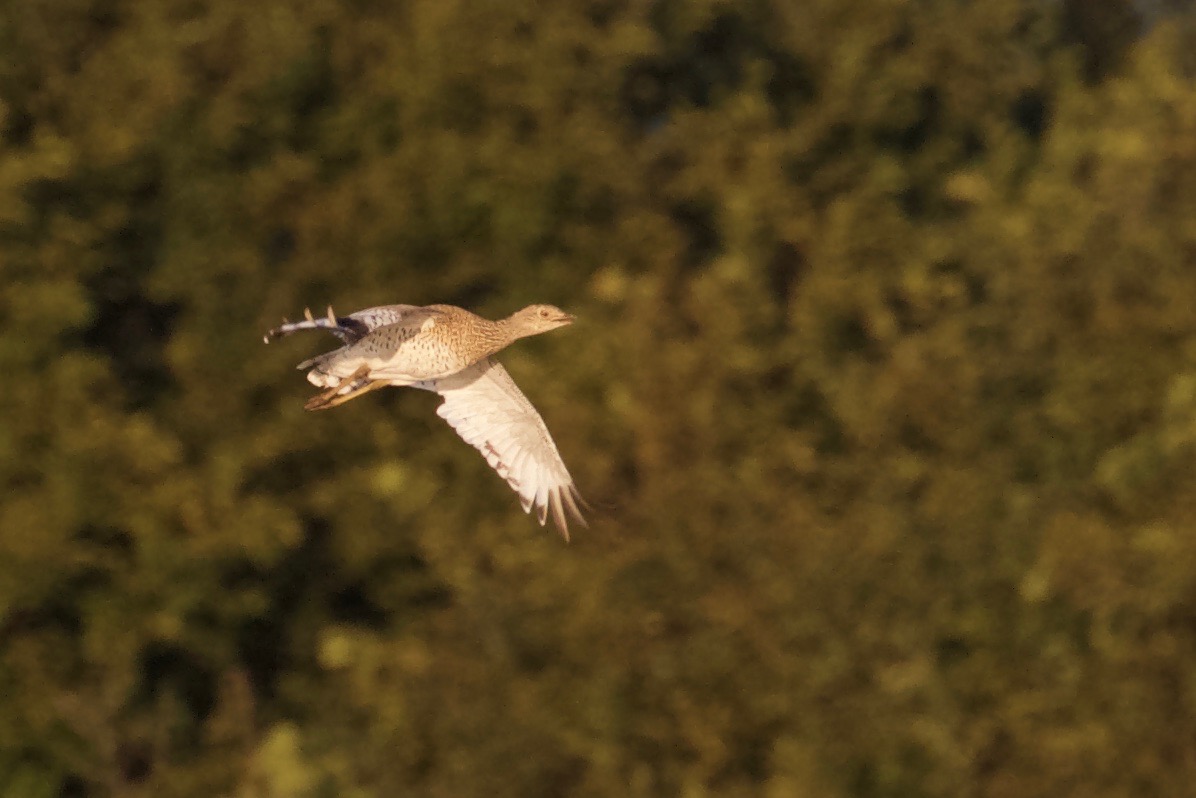
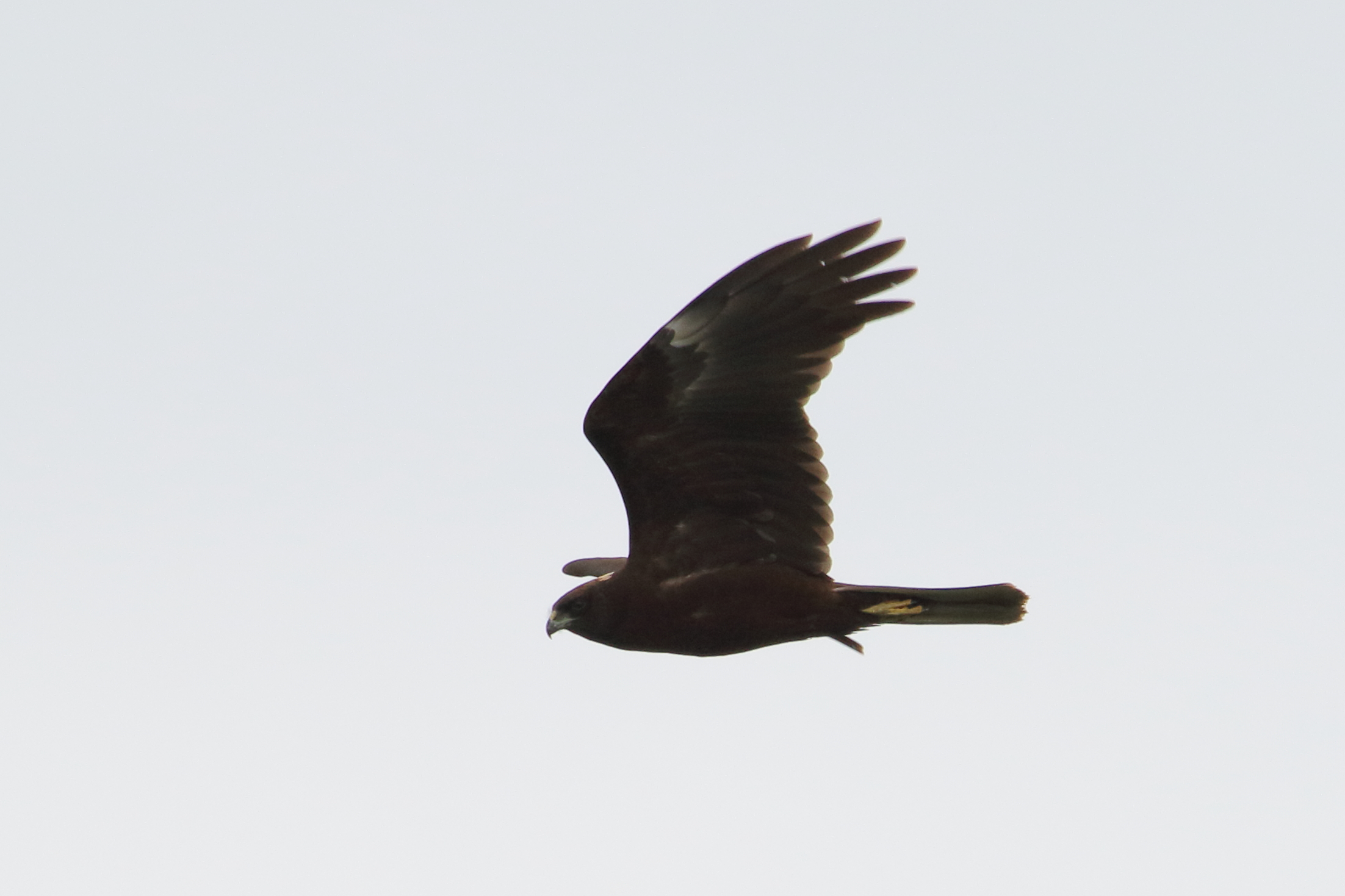
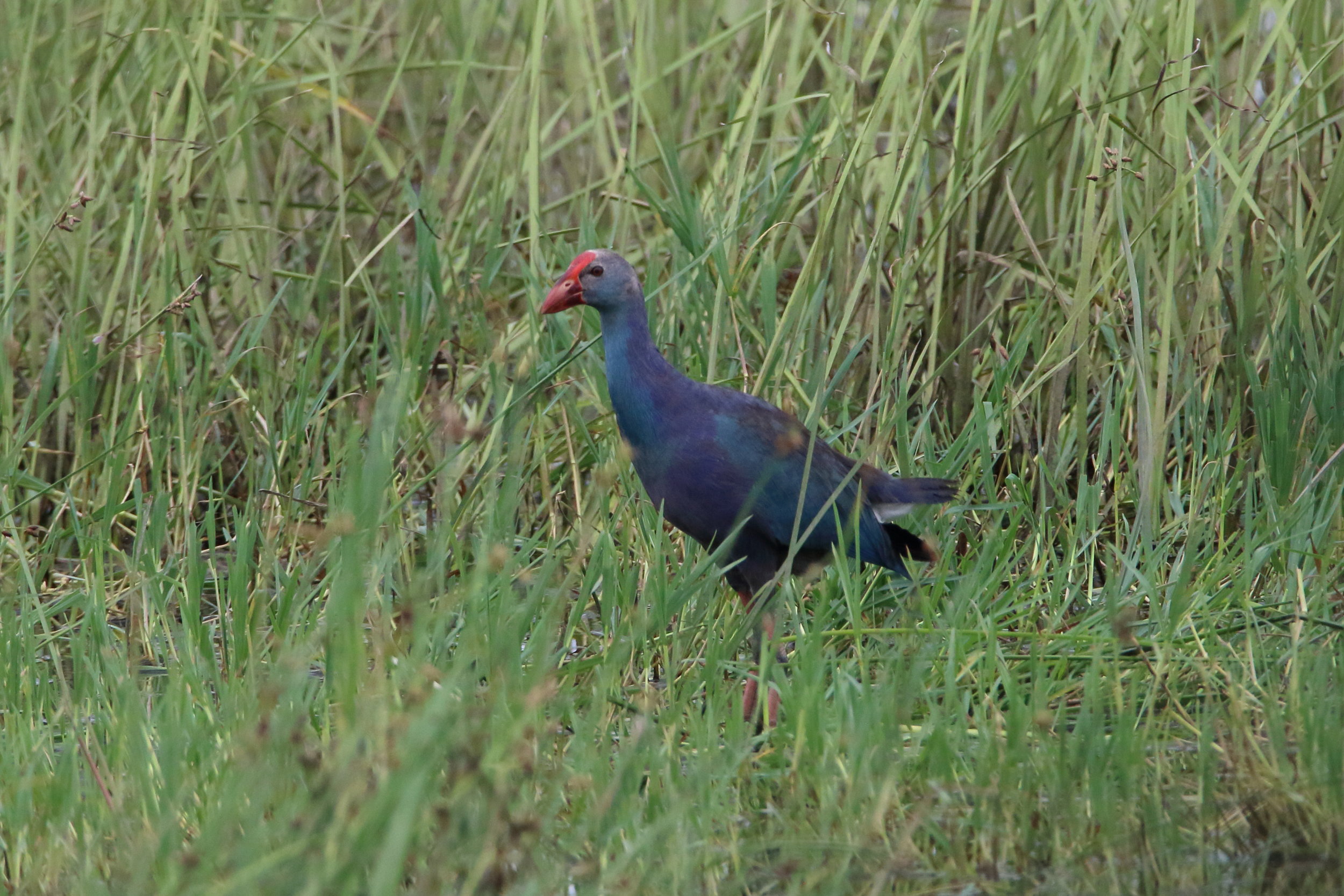
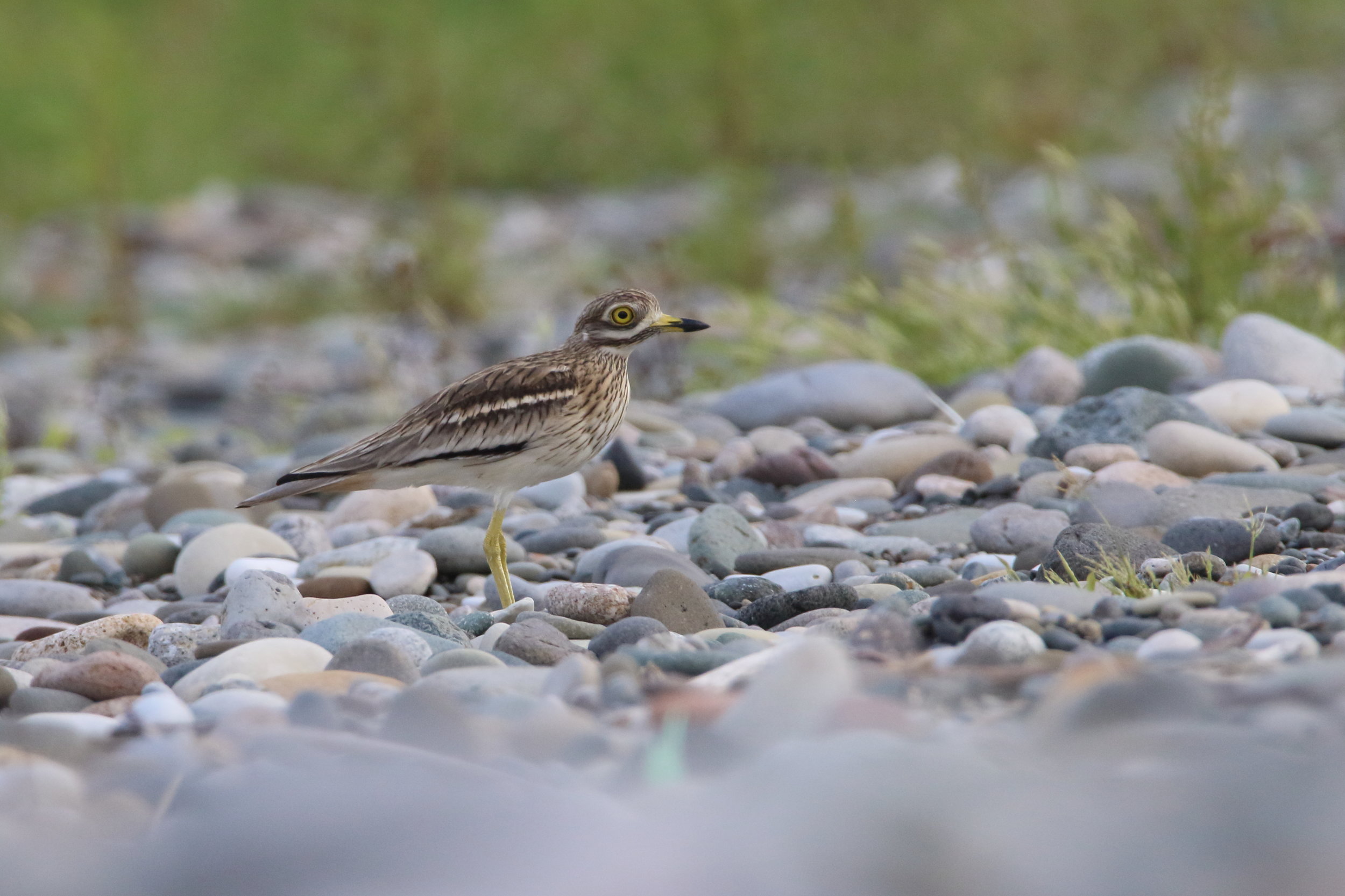
The Chorokhi delta south of Batumi has proven to be an excellent spot for birdwatching due to its high variety in biotopes: bushes, dry & wet grassy plains, marshes, a boulder plain, the seashore... During migration season waders, terns and passerine birds proved to be the most interesting groups represented in the delta. In winter very high numbers of waterfowl can be excepted in the area.
The marshes provide good views of Great Reed Warbler, Moustached Warbler, Squacco and Purple Heron (actually all the heronry you may expect), Purple Swamphen, Little Crake, Baillons Crake, Ferruginous Duck, White-winged Tern and Whiskered Tern. Short-toed Lark, Lesser Grey Shrike, Tawny Pipit, Citrine Wagtail and small groups of Rose-coloured Starling have been but some of the interesting species regularly spotted on the delta's plains. Other fine observations included Eastern Black-eared Wheatear, Desert Wheatear, Siberian Stonechat, Caspian Stonechat (ssp. variegata), Richard's and Red-throated Pipit and Calandra Lark...
At the seaside, Heuglin's, Slender-billed and Armenian Gull have been spotted joined by a good variety in terns including Little Tern, Gull-billed Tern and Caspian Tern. Above all this Arctic Skua was observed regularly and Yelkouan Shearwater amazed some lucky observers with splendid views from ridiculously close range.
Obviously waders have been numerous as well, both in numbers as in diversity. Dunlin, Sanderling, Temminck's Stint, Curlew Sandpiper, Little Stint, Greenshank, Wood Sandpiper, Ruff and (Little-) Ringed Plover are seen often. The mudflats at the seaside are a reliable spot for Terek Sandpiper and Broad-billed Sandpiper with up to 10 individuals of either species observed in a single visit. Black-winged Pratincole visits the delta regularly, and in 2009 one day provided some lucky BRC participants with over 500 individuals of the species! One of the most extraordinary records however comes from Sociable Lapwing. In September 2009 a group of 20 birds was discovered flying by in the delta and later that week, another group of 11 birds was seen lingering on the rocky bids of the Chorokhi river! Quite a number of rarities have turned up in the delta already, both in spring and in autumn: a White tailed Lapwing was first time recorded in 2012. In spring 2015 a Spur-winged plover was found. In autumn 2015 count volunteers found a stunning Black-capped Sparrow-lark.
Area under threat
All these numbers stress the importance of the area as a stopover-site for migratory birds. The delta has received the status of an IBA (important bird area) though still a lot of hunting activity is observed, with in autumn tens of hunters roaming the area. Regularly with casualties of birds as Black-winged Pratincole, Purple Heron, Great Bittern, Baillon's Crake ... Clearly, in the perspective of observations such as the Sociable Lapwings, an effective protection of waders and other birds is of the essence. The legal hunt on ducks and quail however is currently obscuring the actual activities going on in the delta.
Additionaly, the natural richness of the area is threathened by several other factors. There are plans to develop this area into a hotel or resort area, or a golf field. Plans are made to extend the Batumi boulevard over the river mouth, making it the larges boulevard in the world.
How to get there?
Drive south from Batumi along the E70 in direction of the Turkish boarder. After passing the airport, cross the bridge and take a right immediately after. Then drive along one of the tracks in direction of the sea. Easy to reach with public transport as well. Take a marchrutka (minibus) from regional bus station direction Sarpi (SARP) or nr 142 or take the yellow bus from Makhinjauri train station nr 2 or 201. Get out just when you crossed the bridge and go on by foot following the river downstream.
